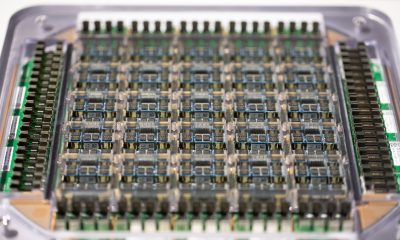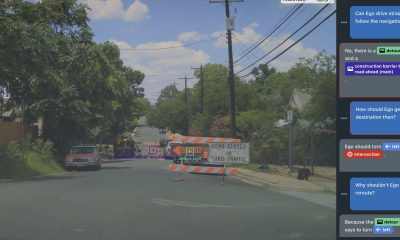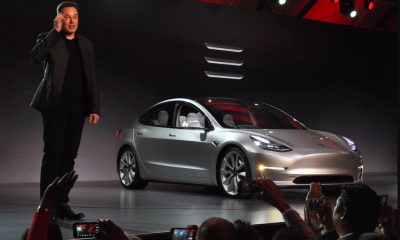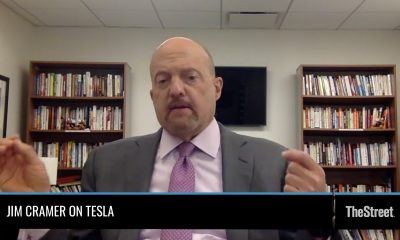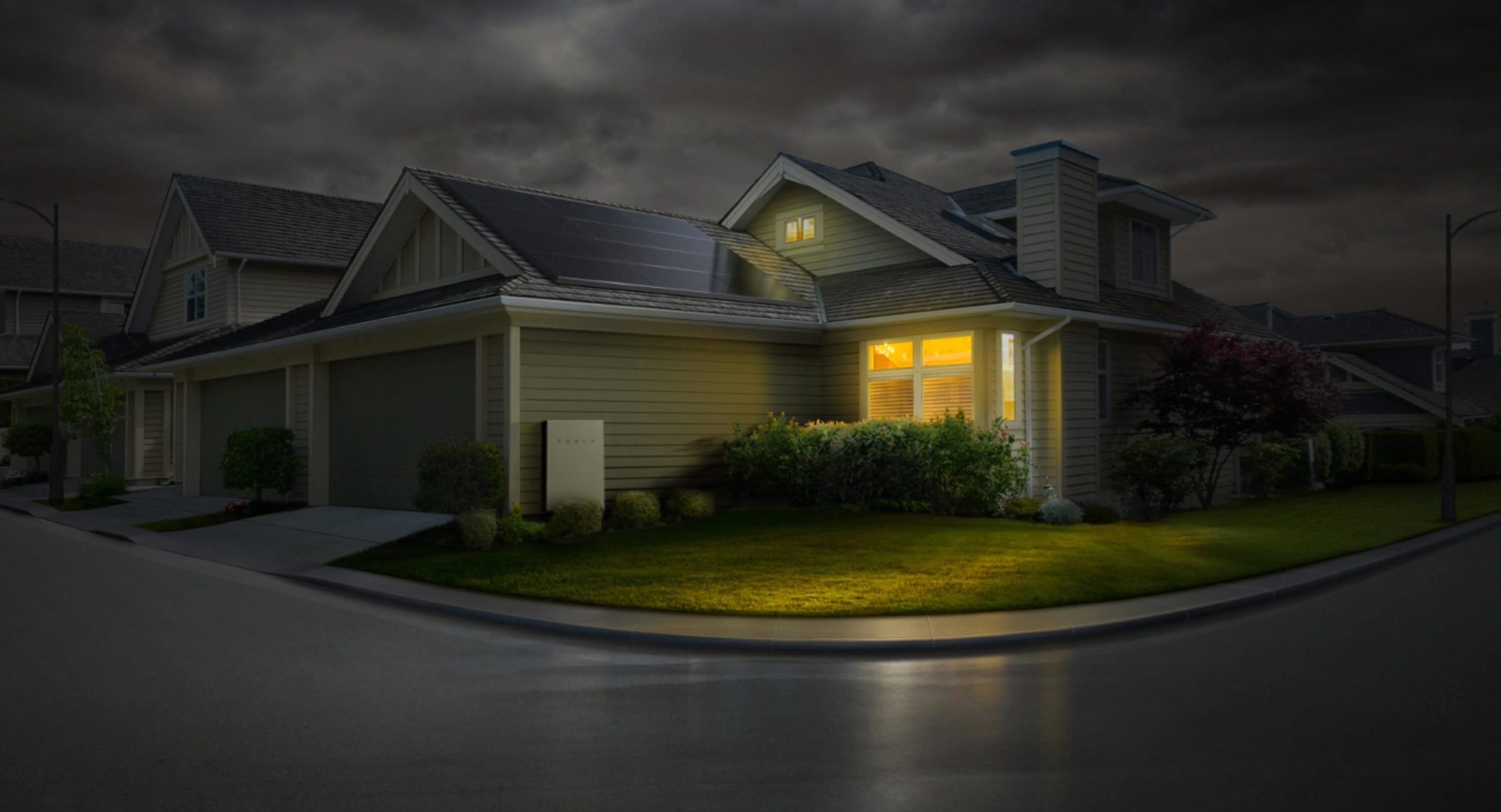
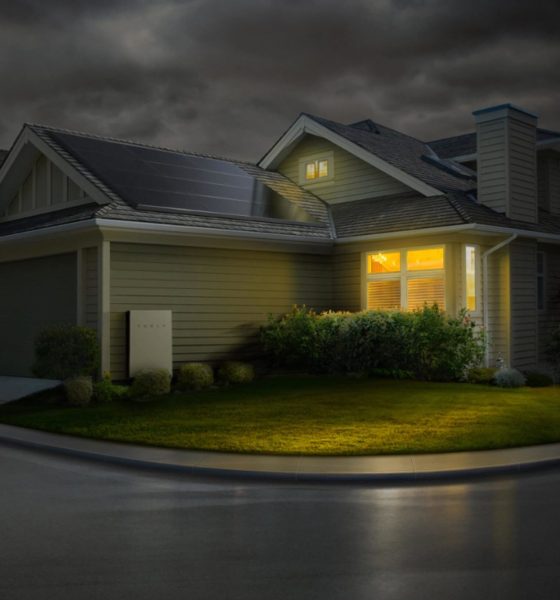
Energy
Tesla activates Powerwall 2 ‘Storm Watch’ in Australia ahead of cyclone’s arrival
As Cyclone Owen barreled towards north Queensland in Australia last week, Tesla decided to roll out the Powerwall 2’s “Storm Watch” feature, a function designed to help households prepare for possible power outages during severe weather disturbances. The update marked the first time that Tesla activated the special feature outside of the United States.
Storm Watch works by detecting incoming weather disturbances and prioritizing available power towards keeping backup functions. With the function enabled, the Powerwall 2 would automatically charge and attempt to maintain maximum capacity, allowing the battery to provide backup power when needed. The feature made its debut in the US last August, following an update on the Tesla mobile app.
Australian customers in the north town of Townsville received the update last weekend. Tesla, for its part, noted in a statement to local publication Renew Economy that the decision to activate the feature in the region was taken centrally by the company. Customers were notified of the Storm Watch feature through their mobile app, and they were informed that the function would be active until the weather event ends. Powerwall 2 owners were further notified that the battery system’s operations would revert back to their previously-selected mode after the cyclone.
Tesla’s release of Storm Watch for Powerwall 2 users in Australia seems to have been a strategic move for the company. Cyclone Owen, after all, proved to be severe, dumping what Australia’s Bureau of Meteorology (BOM) dubbed as “incredible” and “very intense” rain over parts of Queensland’s north tropical coast. Some farmers in the area reported over 700 mm of rain, with 120 mm being dumped by the cyclone every hour. Ultimately, Owen was downgraded to a tropical low on Saturday, but the damages it caused were notable nonetheless. Speaking to ABC News, sugar cane grower Paul Mizzi noted that he had to tip out at least 60 mm of water every hour to prevent his land from being overwhelmed by the cyclone.
“We barely slept last night, checking the rain gauge and tipping out at least two inches [60mm] every hour. It’s a totally different flood, I’ve been out there this morning on the tractor checking paddocks and we’ve had paddocks wiped out,” he said.
Tesla’s Powerwall 2 might be among the more understated products from the electric car maker, but the home battery units are incredibly impressive nonetheless. Last October, for example, a Northern California man in PG&E’s electrical service territory ended up having his electricity cut off due to high risks of fire in his area. PG&E opted to shut off power for 42 hours, and the Powerwall 2 battery kept the lights on for the entire duration of the outage. By the time the power came back on almost two days later, the home battery unit still had 9% charge remaining.
The Powerwall 2 is also a central part of one of Tesla’s most ambitious energy projects to date — the South Australia Virtual Power Plant — which will involve 50,000 connected households equipped with solar panels and home battery storage units. Together, the system is expected to deliver 250 MW of solar energy and 650 MWh of battery storage capacity, dwarfing the highly-successful Hornsdale Power Reserve.
Energy
Tesla VP hints at Solar Roof comeback with Giga New York push
The comments hint at possible renewed life for the Solar Roof program, which has seen years of slow growth since its 2016 unveiling.

Tesla’s long-awaited and way underrated Solar Roof may finally be getting its moment. During the company’s Q3 2025 earnings call, Vice President of Energy Engineering Michael Snyder revealed that production of a new residential solar panel has started at Tesla’s Buffalo, New York facility, with shipments to customers beginning in the first quarter of 2026.
The comments hint at possible renewed life for the Solar Roof program, which has seen years of slow growth since its 2016 unveiling.
Tesla Energy’s strong demand
Responding to an investor question about Tesla’s energy backlog, Snyder said demand for Megapack and Powerwall continues to be “really strong” into next year. He also noted positive customer feedback for the company’s new Megablock product, which is expected to start shipping from Houston in 2026.
“We’re seeing remarkable growth in the demand for AI and data center applications as hyperscalers and utilities have seen the versatility of the Megapack product. It increases reliability and relieves grid constraints,” he said.
Snyder also highlighted a “surge in residential solar demand in the US,” attributing the spike to recent policy changes that incentivize home installations. Tesla expects this trend to continue into 2026, helped by the rollout of a new solar lease product that makes adoption more affordable for homeowners.
Possible Solar Roof revival?
Perhaps the most intriguing part of Snyder’s remarks, however, was Tesla’s move to begin production of its “residential solar panel” in Buffalo, New York. He described the new panels as having “industry-leading aesthetics” and shape performance, language Tesla has used to market its Solar Roof tiles in the past.
“We also began production of our Tesla residential solar panel in our Buffalo factory, and we will be shipping that to customers starting Q1. The panel has industry-leading aesthetics and shape performance and demonstrates our continued commitment to US manufacturing,” Snyder said during the Q3 2025 earnings call.
Snyder did not explicitly name the product, though his reference to aesthetics has fueled speculation that Tesla may finally be preparing a large-scale and serious rollout of its Solar Roof line.
Originally unveiled in 2016, the Solar Roof was intended to transform rooftops into clean energy generators without compromising on design. However, despite early enthusiasm, production and installation volumes have remained limited for years. In 2023, a report from Wood Mackenzie claimed that there were only 3,000 operational Solar Roof installations across the United States at the time, far below forecasts. In response, the official Tesla Energy account on X stated that the report was “incorrect by a large margin.”
Energy
Tesla China’s Megafactory helps boost Shanghai’s battery exports by 20%: report
Located in the Lingang New Area of the Shanghai Free Trade Zone, the Tesla Megafactory has been running at full throttle since opening in February.
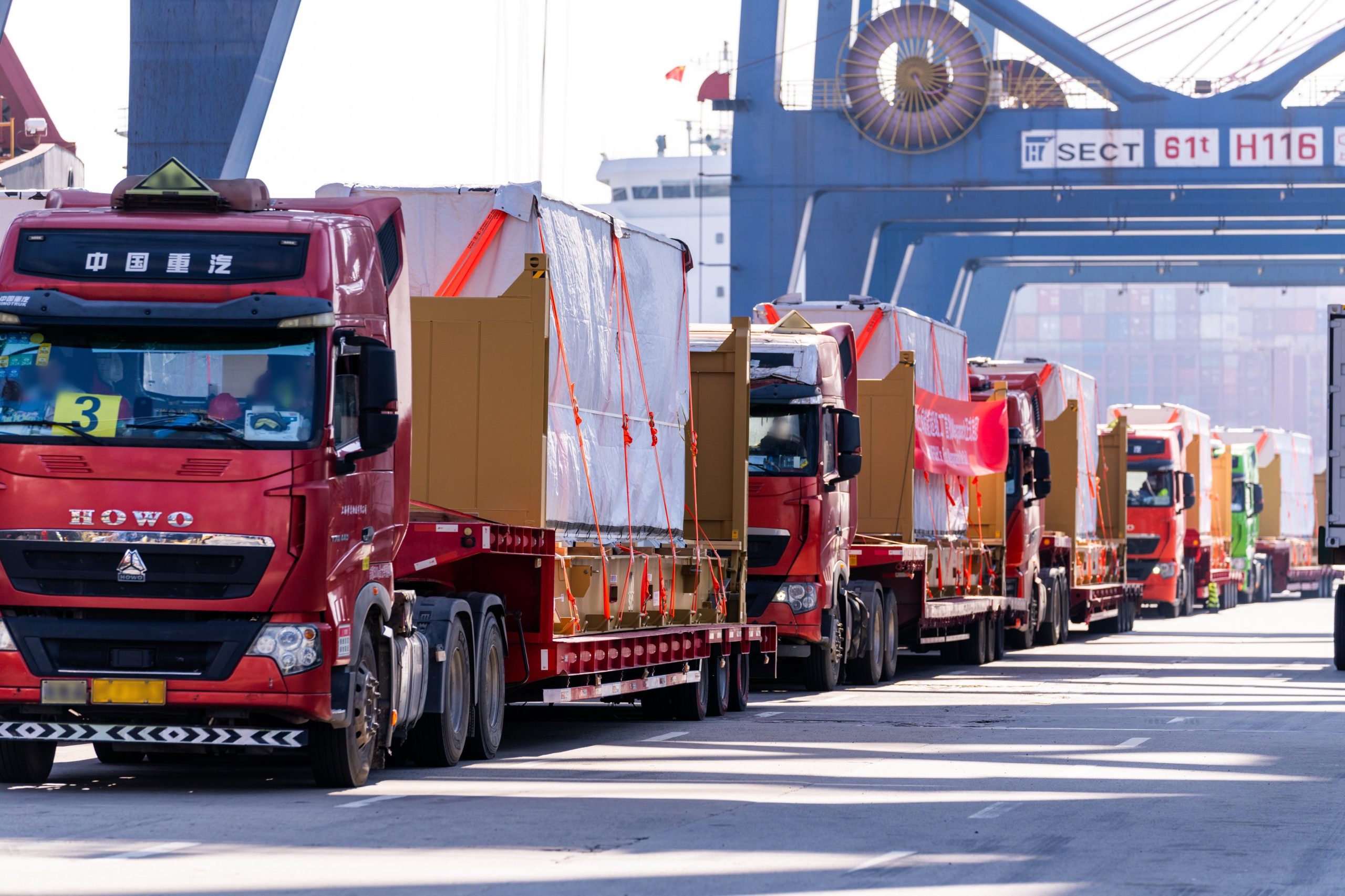
Reports from China have indicated that the Tesla Shanghai Megafactory has become a notable player in China’s booming battery export market.
Located in the Lingang New Area of the Shanghai Free Trade Zone, the Tesla Megafactory has been running at full throttle since opening in February. It produces Tesla Megapack batteries for domestic and international use.
Tesla Shanghai Megafactory
As noted in a report from Sina Finance, the Tesla Shanghai Megafactory’s output of Megapack batteries helped drive a notable rise in lithium battery shipments from the city in the first three quarters of 2025. This is quite impressive as the Megafactory is a rather young facility, though it has been steadily increasing its production capacity.
“The establishment of this benchmark factory has not only driven the rapid development of Shanghai’s energy storage industry but also become a new growth engine for foreign trade exports. Driven by the Tesla energy storage factory’s opening, Shanghai’s lithium battery exports reached 32.15 billion yuan ($4.5 billion) in the first three quarters, a 20.7% increase,” the publication wrote.
Ultimately, the Shanghai Megafactory has proved helpful to the city’s “new three” industries, which are comprised of new energy vehicles, lithium batteries, and photovoltaic systems. Exports of the “new three” products reached 112.17 billion yuan ($15.7 billion), a 6.3% year-over-year increase during the same period. The city’s total trade volume grew 5.4% year-over-year as well, with exports up 11.3%, driven largely by the clean energy sector’s performance.
Energy storage is helping Shanghai
Since opening in February, the Shanghai Megafactory has been firing on all cylinders. In late July, Tesla Energy announced that the new battery factory has successfully produced its 1,000th Megapack unit. That’s quite impressive for a facility that, at the time, had only been operational for less than six months.
Speed has always been a trademark of the Shanghai Megafactory. Similar to Tesla’s other key facilities in China, the Megafactory was constructed quickly. The facility started its construction on May 23, 2024. Less than a year later, the site officially started producing Megapack batteries. By late March 2025, Tesla China noted that it had shipped the first batch of Megapack batteries from the Shanghai plant to foreign markets.
Energy
Tesla recalls Powerwall 2 units in Australia
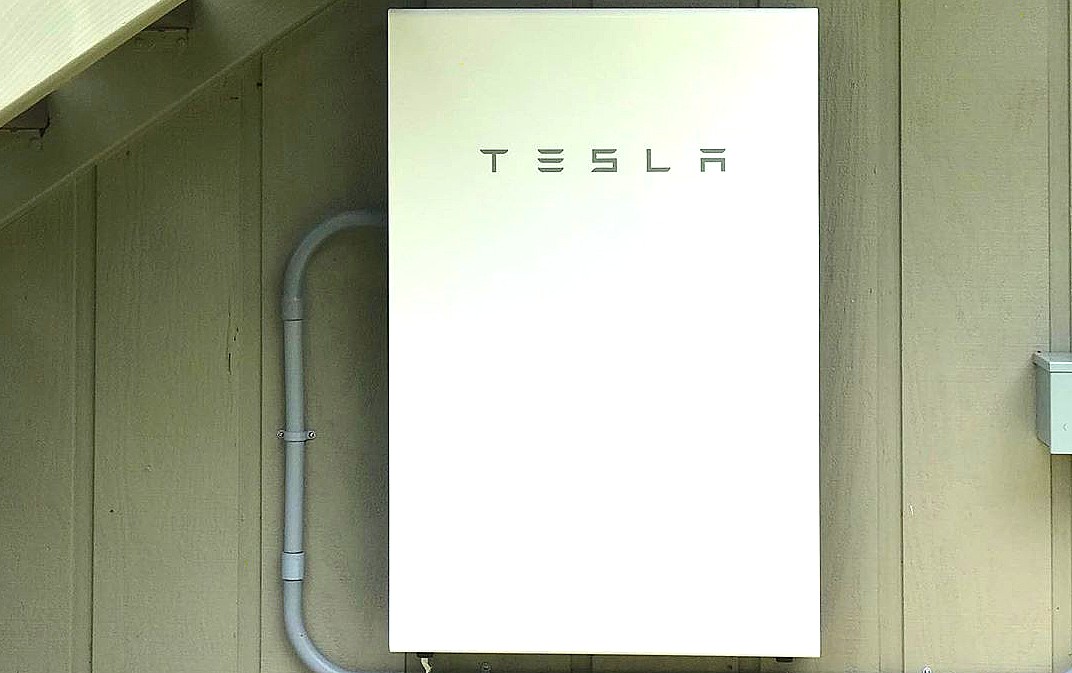
Tesla will recall Powerwall 2 units in Australia after a handful of property owners reported fires that caused “minor property damage.” The fires were attributed to cells used by Tesla in the Powerwall 2.
Tesla Powerwall is a battery storage unit that retains energy from solar panels and is used by homeowners and businesses to maintain power in the event of an outage. It also helps alleviate the need to rely on the grid, which can help stabilize power locally.
Powerwall owners can also enroll in the Virtual Power Plant (VPP) program, which allows them to sell energy back to the grid, helping to reduce energy bills. Tesla revealed last year that over 100,000 Powerwalls were participating in the program.
Tesla announces 100k Powerwalls are participating in Virtual Power Plants
The Australia Competition and Consumer Commission said in a filing that it received several reports from owners of fires that led to minor damage. The Australian government agency did not disclose the number of units impacted by the recall.
The issue is related to the cells, which Tesla sources from a third-party company.
Anyone whose Powerwall 2 unit is impacted by the recall will be notified through the Tesla app, the company said.
-

 Elon Musk1 week ago
Elon Musk1 week agoSpaceX posts Starship booster feat that’s so nutty, it doesn’t even look real
-

 Elon Musk6 days ago
Elon Musk6 days agoTesla Full Self-Driving gets an offer to be insured for ‘almost free’
-

 News6 days ago
News6 days agoElon Musk confirms Tesla FSD V14.2 will see widespread rollout
-

 News1 week ago
News1 week agoTesla is adding an interesting feature to its centerscreen in a coming update
-

 News1 week ago
News1 week agoTesla launches new interior option for Model Y
-

 News1 week ago
News1 week agoTesla widens rollout of new Full Self-Driving suite to more owners
-

 Elon Musk1 week ago
Elon Musk1 week agoTesla CEO Elon Musk’s $1 trillion pay package hits first adversity from proxy firm
-

 News5 days ago
News5 days agoTesla might be doing away with a long-included feature with its vehicles




